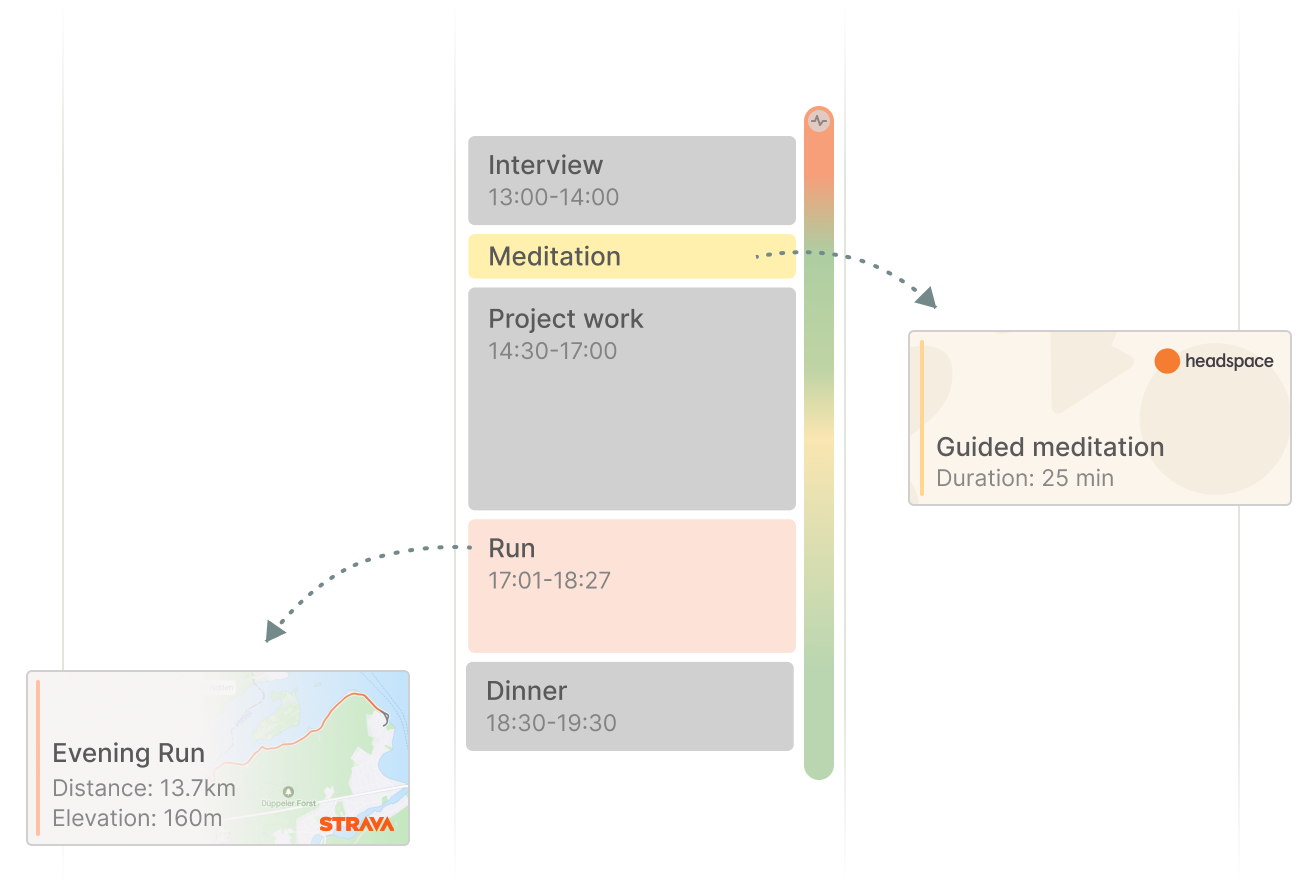
# notes
---
- [[the do vs. due date vs. layered calendar debacle]]
- [[layered calendars]]
- [[{2.3a} it's devastating to rely on megacorps for our tools]]
- treating to-dos as calendar events is like playing tetris with time
- your inbox is a to-do list with public write access
- Despite the fact that I don't use email all that much (most communication comes through Teams and Slack), I like the way Julian frames this -- your email inbox is a to-do list with "public write access". That is, most messages (email or otherwise) are action items; this is how people in your network can assign you tasks without having access to your system.
- reconciling past contextualization while being mindful of the present…
- contextualization is identity work
# summary
---
This article was recommended in [[PKMBeth, 'The Two Biggest Influences on my Current PKM Practices'. 2023-12-12.]], and it has blown my mind about as much as she said it would.
Julian writes that calendars, unlike clocks, cover the spectrum of time, allowing us to see the past, present, and future with one tool. Despite this being a "magical time travel device", innovation around digital calendars leaves a lot to be desired.
We tend to see calendars as 2D grids of dates and time that help us see the future. But what a short-sighted view!
We _could_ have calendars with layers upon layers -- a fully contextualized 4D experience. The possibilities with calendar layers are limitless:
- Music from your streaming app.
- Flights from your airline or travel app.
- Tasks and agenda items within meeting layers.
- Health data, like your heartrate or sleep.
- Your location, from your mapping app.
...And all of these layers can have their own properties, and be treated as their own type of _object --_ basically what you see here in Capacities! This is kind of an expansion on their principle that [[🌲 life data as an identity graph with time as an axis]].
So, basically: Calendars should be smart enough to distinguish between objects, which would allow for an infinite amount of layers to full contextualize our life and time.
I love this idea with the same caveats of any hyper-connected tech tool: how can we trust the actual software we're using in terms of both access and privacy?
# highlights
---
> Notes are just emails to your future self. Emails are just tasks. And tasks are just calendar events.
> Once you start to see the calendar as a time machine that covers more than just future plans, you’ll realize that almost any activity could live in your calendar. As long as it has a time dimension, it can be visualized as a native calendar layer.